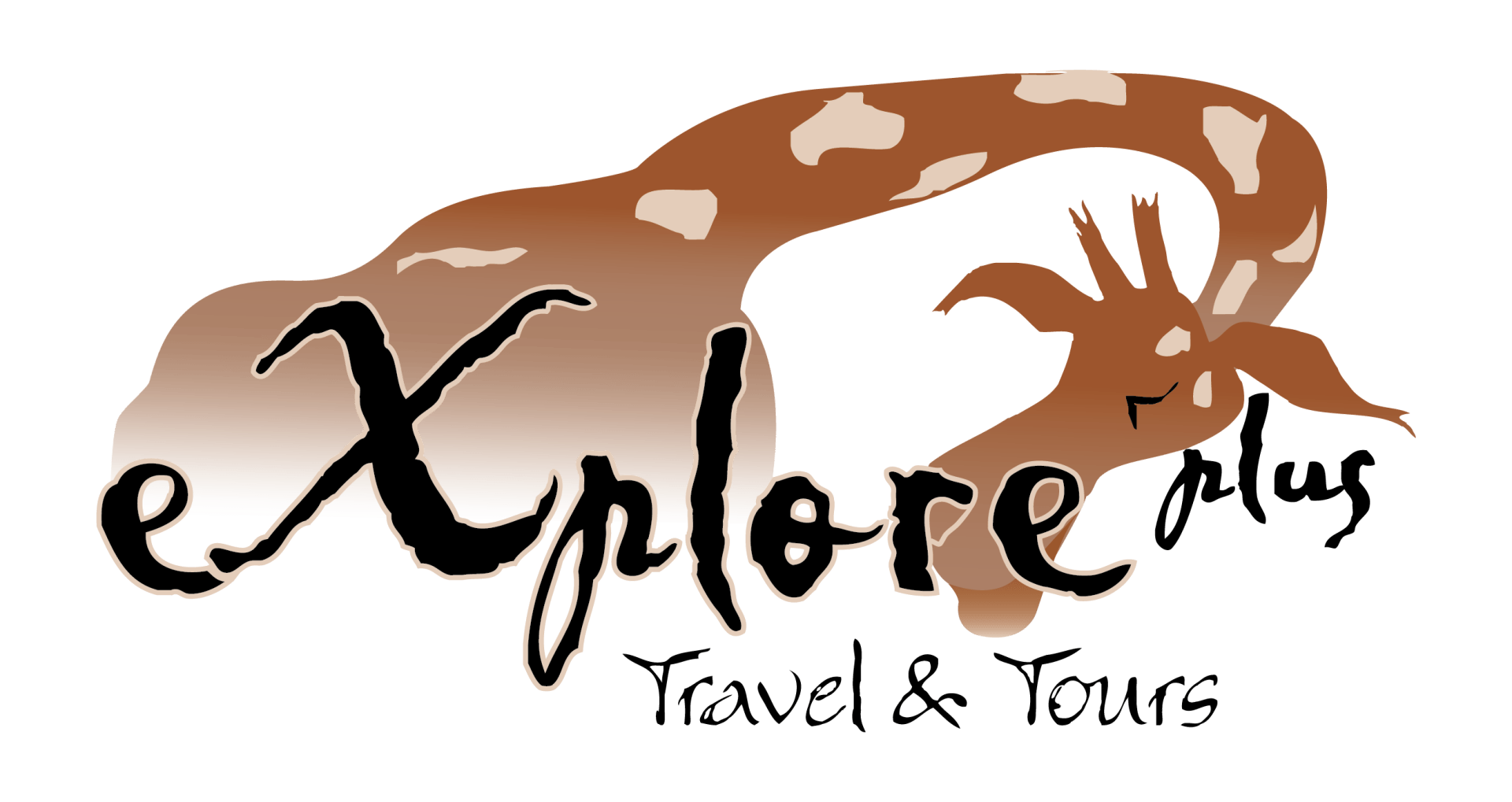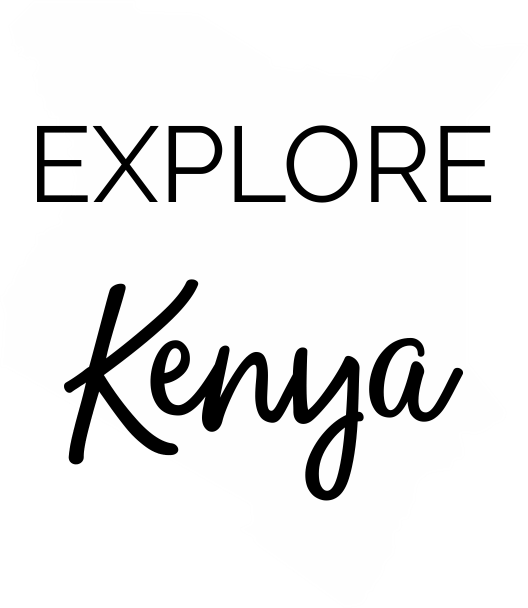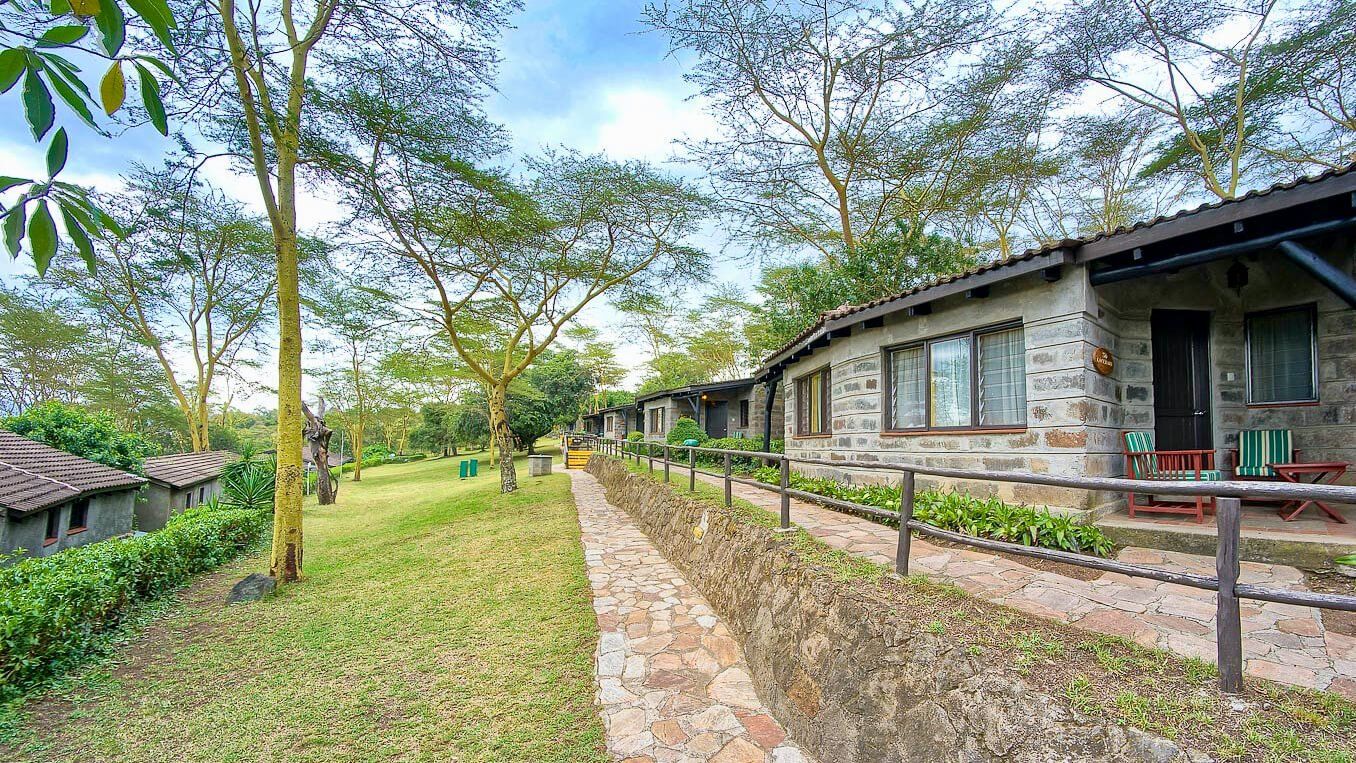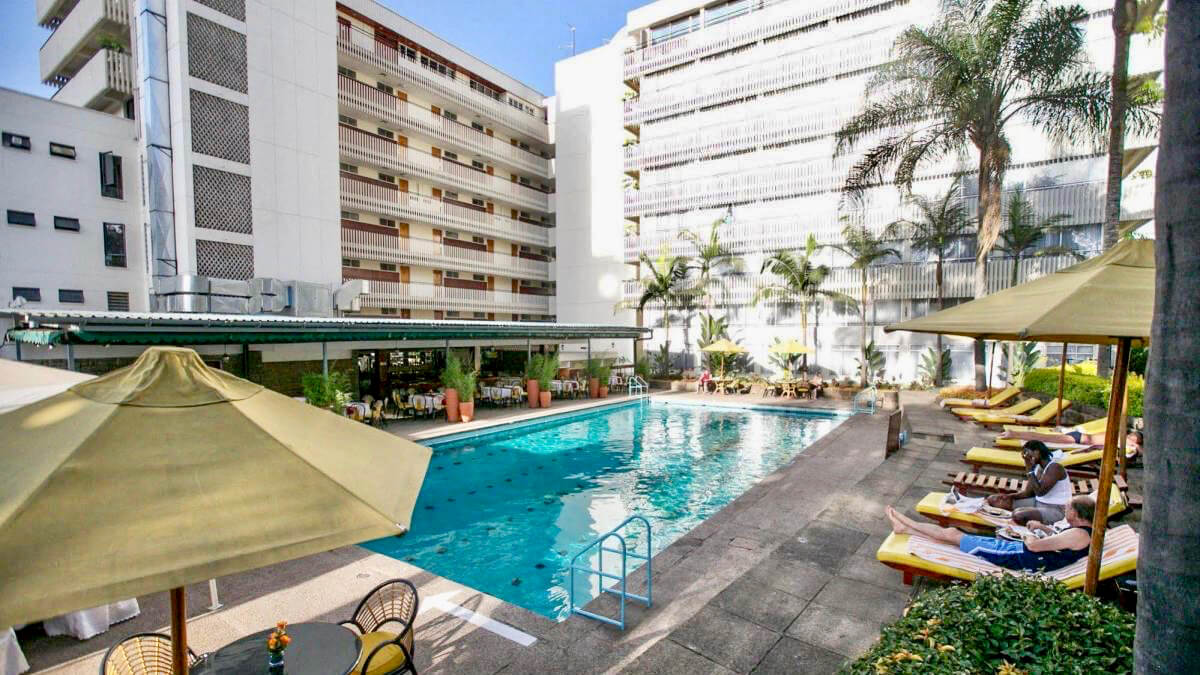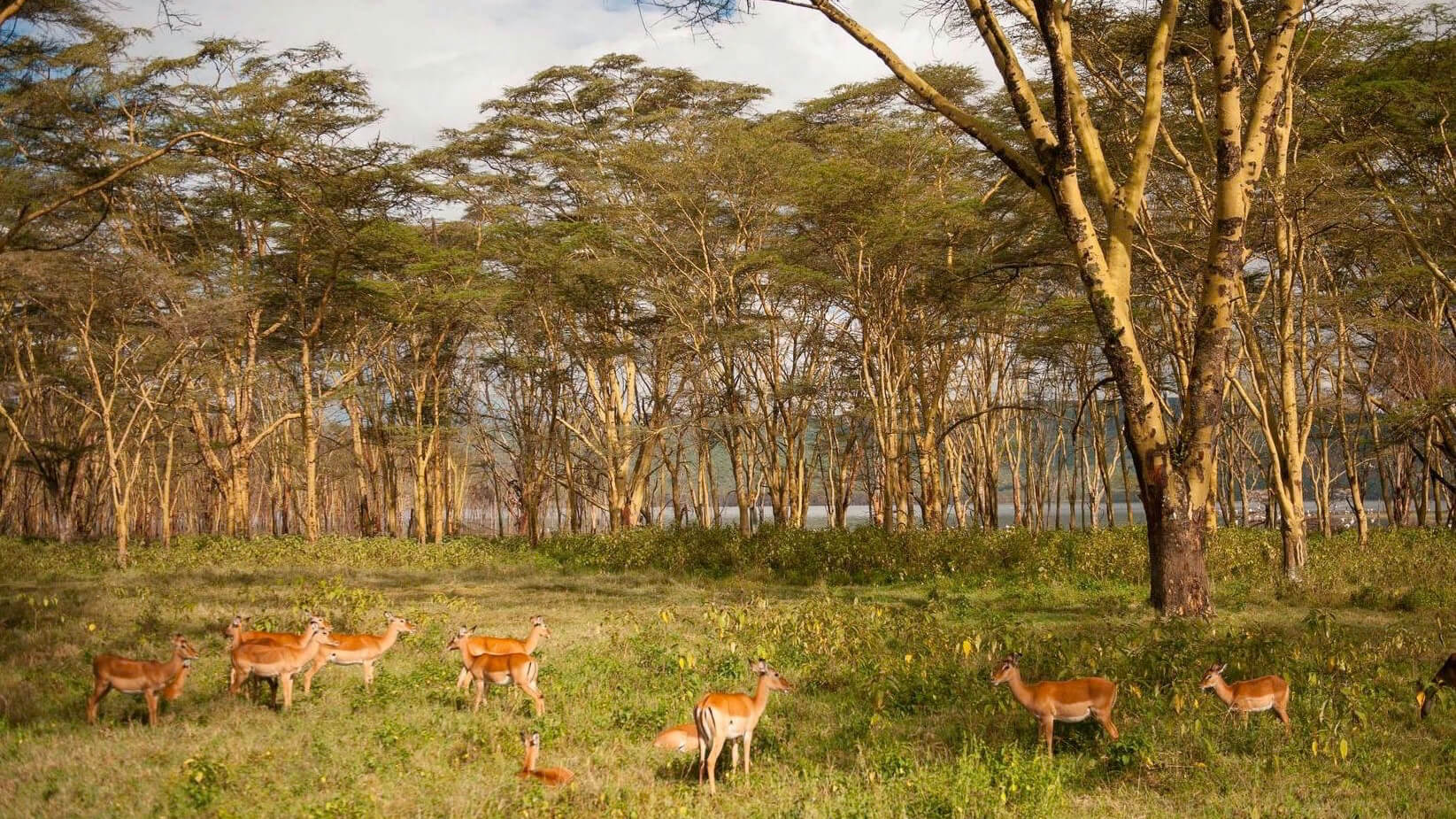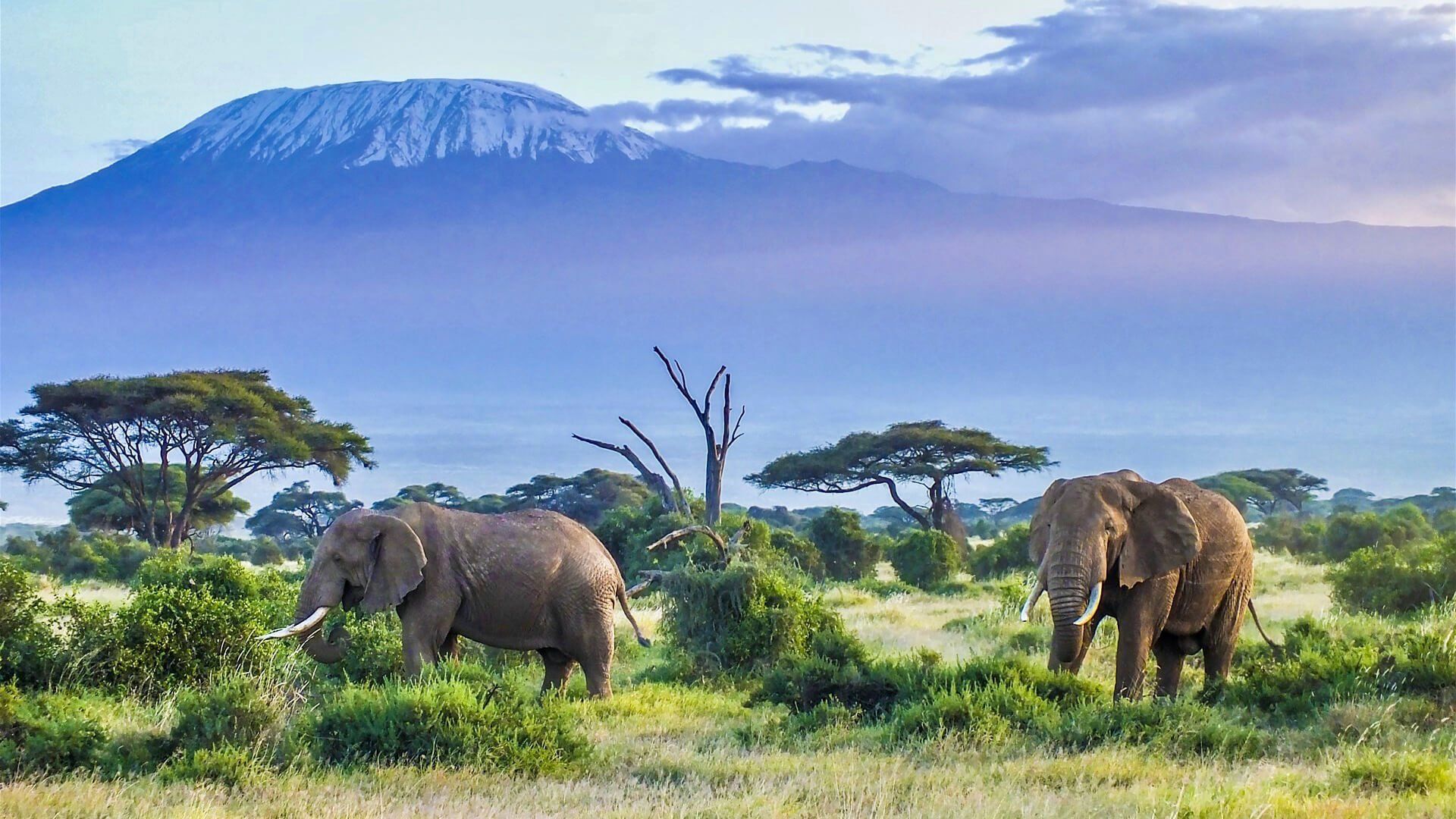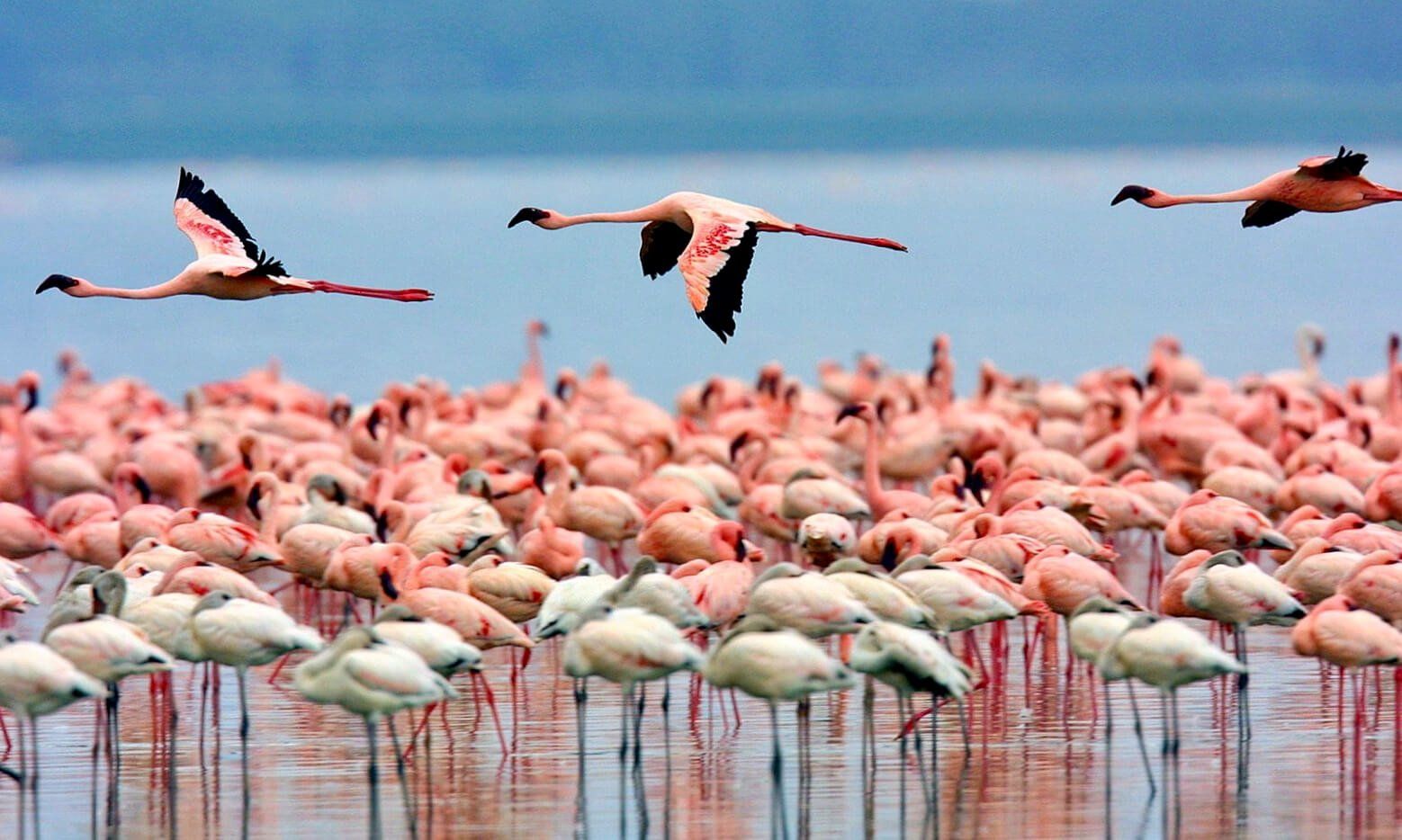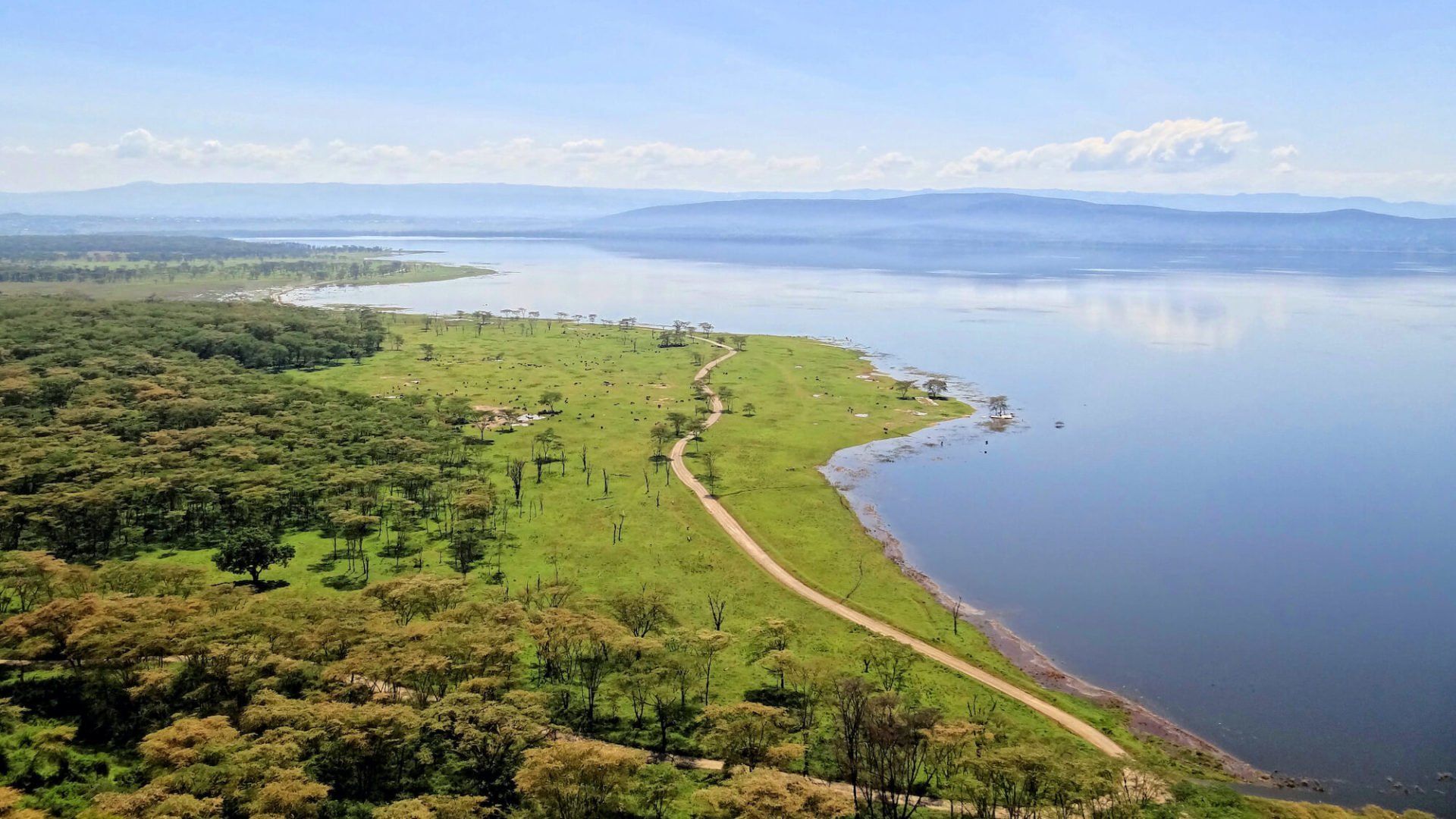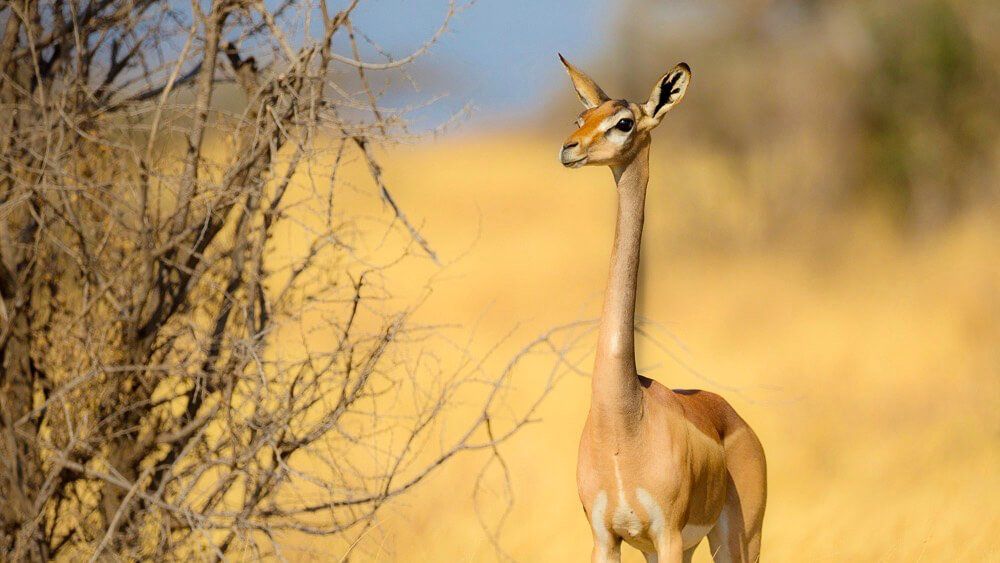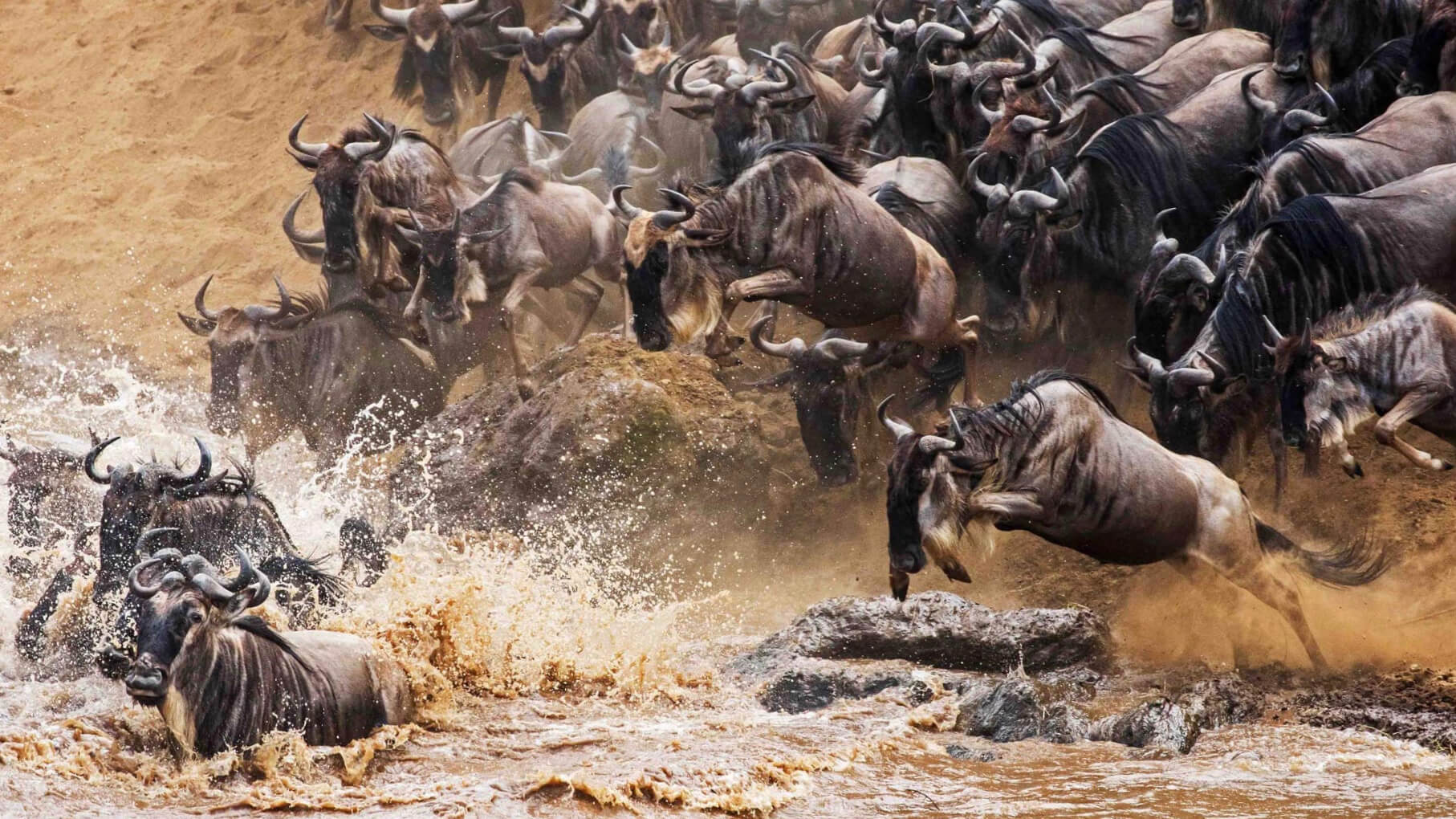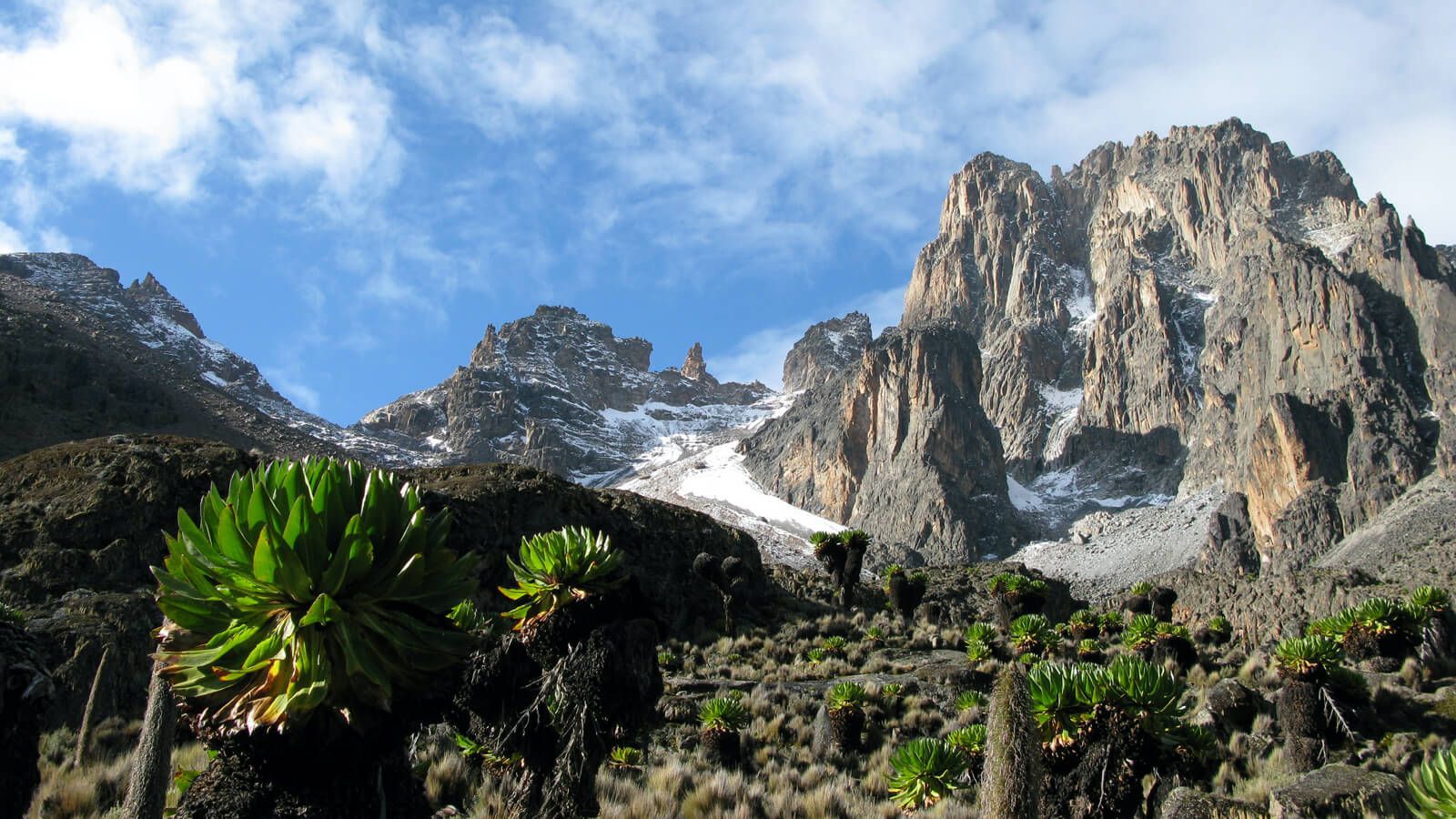Kenya Deluxe Safari
Our safari starts with a visit to the Great Rift Valley and Lake Nakuru, known for its spectacular white and black rhino sightings. We continue to the Masai Mara with its breathtaking landscapes and all year, unrivalled game viewing. On return to Nairobi we visit Amboseli National Park, set against the magnificent backdrop of Africa's highest mountain, Kilimanjaro.
Our set departure safari offers the opportunity to explore the best of Kenya & Tanzania while enjoying the company of an intimate group of like-minded safari enthusiasts, on a set itinerary.
Itinerary
We also offer this as a PRIVATE SAFARI or can send you a tailor-made quotation similar to the above itinerary - one designed specifically for you, around your taste, budget, interests and more.
Dates & Prices
Dates:
SMALL GROUP DEPARTURE DATES:
We also offer this as a PRIVATE SAFARI or can send you a tailor-made quotation similar to the above itinerary - one designed specifically for you, around your taste, budget, interests and more.
Departing twice a month
• Click on the “DOWNLOAD PDF” to see all the 2020 departure dates.
Rates:
| RAND Rate (SA residents ONLY) | USD Rate |
|---|---|
| Our website rates will be available soon. | Our website rates will be available soon. |
| (Excluding International flights & airline taxes) |
- Request a quote from our Safari Specialists for the most current rates and availability.
- Please treat all pricing as a guide only.
- The tour itinerary, inclusions and departures are based on travel during April, May 2020
- The rates may vary according to season changes.
- All rates are subject to increases beyond our control, including fuel price, government taxes and exchange rate fluctuations.
- Maximum
6 clients per vehicle.
National Parks
Amboseli National Park
The park is 392 sq. km in size at the core of an 8,000 sq. km ecosystem that spreads across the Kenya-Tanzania border. It is famous for being the best place in Africa to get close to free-ranging elephants and other wildlife species. Here you will have the opportunity to meet the Maasai people and see spectacular views of Mount Kilimanjaro, the highest freestanding mountain in the world. Amboseli has a very fragile ecosystem, submitted to significant seasonal variations. During the wet season, the rains flood the lake bed and the surrounding area. The high salt deposits in the lakebed inhibits tree growth and only small patches of acacia and palm trees are found far from the lake. The salt-rich pastures provide good feed to the herbivores. Despite the first impression of the park being dusty and arid, Amboseli has abundant groundwater overflowing into various underground streams. They rise into two clear water springs in the centre of the park, giving birth to large marshes like the Loginya Swamp where elephants, hippos and buffalo's find refuge.
Lake Nakuru National Park
Lake Nakuru is internationally known for its flamingos. At times there may be almost two million flamingos inhabiting the area, forming a stunningly beautiful deep pink band around the edges of the lakeshore. This alkaline lake is recognised as being one of the natural wonders of the world. Lake Nakuru is also a rhino sanctuary, protecting a population of over 40 black and over 60 white rhino, but the flamingos have always been the main attraction. More than 400 bird species and over 50 mammal species have been recorded and it is perhaps the best place in Kenya to see leopards. Troops of black-and-white Colobus monkeys can be seen in the yellow-barked acacias. The rare Rothschild’s giraffe, herds of buffalo, dik-dik, klipspringers and eland are among the generally seen game.
Masai Mara National Reserve
The Masai Mara lies in the Great Rift Valley, a fault line somewhat 5,600km long, extending from Ethiopia's Red Sea through Kenya, Tanzania, Malawi and into Mozambique.
There are four main types of topography in the Mara:
- Ngama Hills to the east with sandy soil and leafy bushes and loved by black rhinos.
- Oloololo escarpment forming the western boundary and rising to a magnificent plateau.
- Mara Triangle bordering the Mara River with lush grassland and acacia woodlands supporting masses of game, especially migrating wildebeests.
- Central plains form the largest part of the reserve, with scattered bushes and boulders on rolling grasslands favoured by the plain's game.
There is an abundance of wildebeests, zebras, impalas, topis, giraffes and Thomson's gazelles on the plains. Visitors often spot leopards, lions, hyenas, cheetah, jackal, bat-eared foxes and even black rhinos during game drives. The Mara river is filled with hippos and enormous Nile crocodiles. Every July (sometimes August), the wildebeests travel from the Serengeti plains to the Masai Mara. In October, once they have feasted and the grass is depleted, they return to the Southern Serengeti. The Mara birds appear in every size and colour including the beautiful lilac-breasted roller and plenty of large species lik eagles, vultures and storks.
